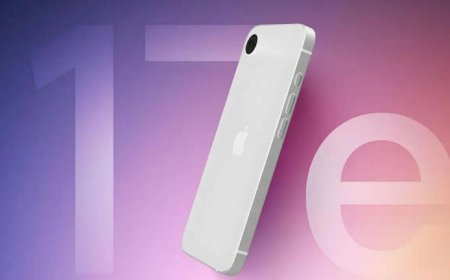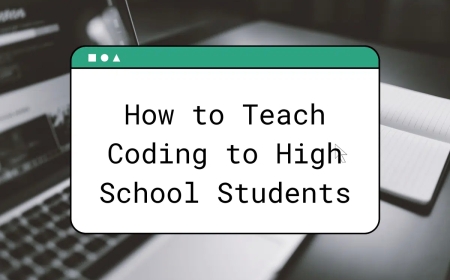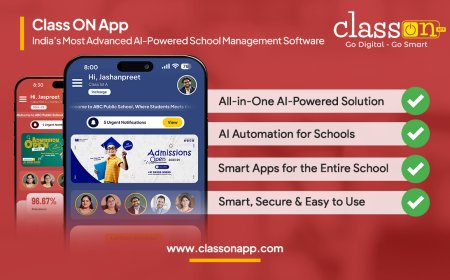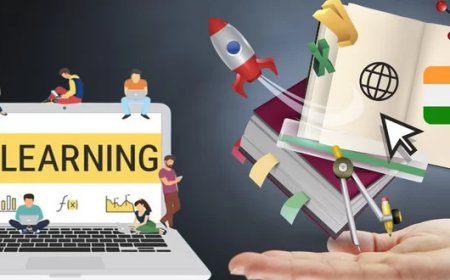Top Smart Technologies for Classrooms
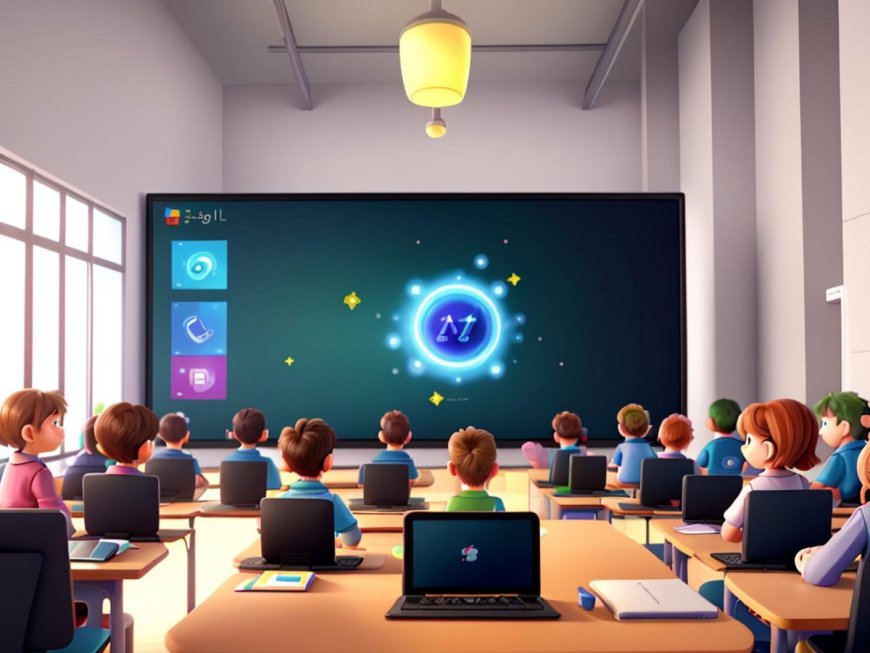
In the evolving landscape of education, smart classroom technologies are paving the way for a more interactive and efficient learning experience.
These innovations are transforming traditional classrooms into high-tech learning environments that enhance both teaching and learning. Here are ten key smart classroom technologies making a significant impact today:
Interactive Whiteboards
Modern interactive whiteboards allow teachers to display lessons, diagrams, and multimedia content. They enable real-time interaction, letting students participate actively and making lessons more engaging. 
Student Response Systems
These systems use handheld devices or mobile apps to collect student responses during lessons. They provide instant feedback and help teachers gauge student understanding more effectively.
Learning Management Systems (LMS)
LMS platforms like Google Classroom and Canvas streamline course management. They offer features for assignments, grades, and communication, making it easier for teachers to organize and track student progress.
Virtual Reality (VR)
VR technology immerses students in virtual environments, bringing subjects like history and science to life. It allows for experiential learning that traditional methods can't match.
Augmented Reality (AR)
AR overlays digital content onto the real world, enhancing textbooks and physical objects with interactive elements. This technology helps in visualizing complex concepts and enhances student engagement.
Smart Projectors
Smart projectors can display high-definition images and videos while integrating with other digital tools. They support collaborative learning and multimedia presentations in the classroom.
Adaptive Learning Software
This software adjusts to individual student needs, providing personalized learning experiences. It uses data to tailor lessons and activities to each student's skill level and learning pace.
Classroom Management Apps
These apps help teachers manage classroom behavior and communication. Features like attendance tracking, behavior monitoring, and communication tools streamline classroom management.
Wireless Collaboration Tools
Wireless tools like digital pens and smart tablets allow students to work together seamlessly. They facilitate group projects and interactive activities, making collaboration easier.
Educational Robots
Robots used in education teach coding and problem-solving skills. They engage students in hands-on learning and foster interest in STEM fields. As these technologies continue to evolve, they promise to make learning more dynamic and effective, preparing students for a future where digital proficiency is essential. Embracing these smart classroom tools can lead to a more connected and innovative educational experience. Follows Us for More Updates Like Us on Facebook Page : Click Here Like Us on Instagram : Click Here
